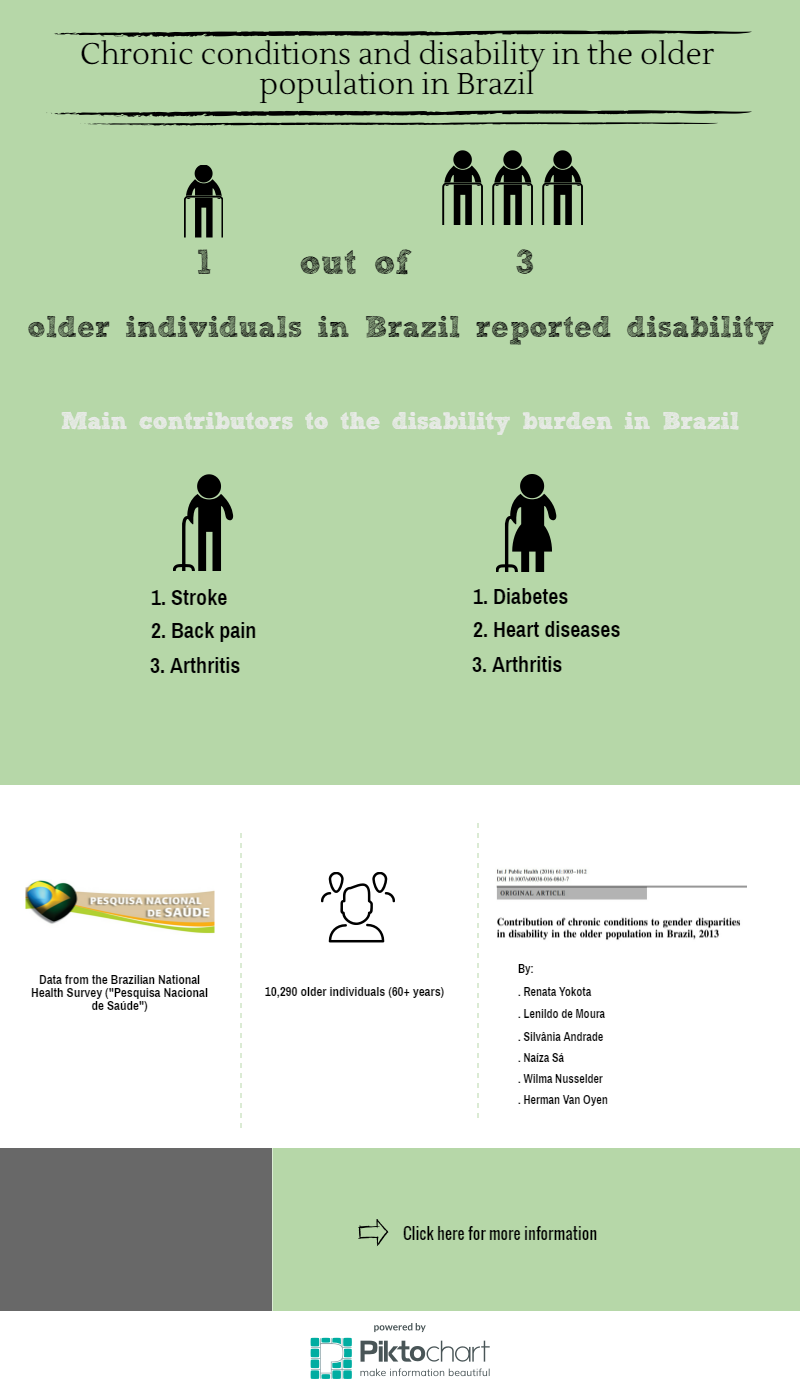Students’ Den! Male suicide: a call for a more comprehensive and holistic approach
We are happy to host this guest blog post by Amina Hamza in our Students’ Den series.

Male suicide; a call for a more comprehensive and holistic approach
I recently graduated from the University of Bedfordshire with a Master’s degree in Public Health. My dissertation focused on ascertaining the emergence of the stigma of suicide through an analysis of suicide-related Twitter discourse. Whilst I was writing the literature review, I realised that;
Suicide rates between males and females vary considerably, with significantly higher levels in males across most regions around the world. The rates of suicide in males have reached unprecedented levels. This is also largely consistent with studies such as Blisker and White (2011) which explored the ‘silent epidemic’ of male suicide. Though I find the use of discourse such as ‘epidemic’ problematic, it does-however incautious-convey the stark realities of the current statistics. Male suicide is being increasingly discussed, especially on social media platforms such as Twitter and Facebook. However, there is still an apparent lack of awareness of male distress and mental health. Additionally, I would argue that there has been little research conducted to attempt to understand why the rates of male suicide are at an all-time high. Though, it would require much more in-depth considerations because of the intricate nature of suicide, my aim in writing this post is to provide a few starting points for understanding male suicide;
Perhaps historically constructed stereotypical perceptions of dichotomous gender roles (men as assertive and women as submissive; men as distant and women as emotional) might be a contributing factor. Such binary depictions of the two sexes impact societal perceptions of male mental health, and the way in which they themselves perceive their health. The historical construction of females being the more ‘sickly’ sex has, naturally, led to the construction of men in opposition to this view, i.e. strong and healthy. It might then be suggested that prescribed gender roles and the notions of hegemonic masculinity have meant that, men in general are far more reluctant to seek help for suicide-related and mental health concerns. Gender is a significant factor to consider within this subject area. This is because studies have indicated that men demonstrate reduced help-seeking attitudes as a way of avoiding expressing emotional pain and stigmatisation. The prescription of gender roles in society arguably conflict men to significantly limit their emotionality to conform to the dominant notions of masculinity.
Herein lies the problem-not being able to express oneself in society can increase societal pressures and the significant limitations people experience within society. The idea that a man must behave in a way which is consistent with the dominant notions of masculinity to be socially accepted for example, conveys the limitations experienced by men in contemporary society. Men deviating from social expectations and constructed ‘norms’ can result in stigmatisation. Stigma is a help-seeking barrier as it restricts the extent to which men communicate their issues. I would argue that, the degree to which a man feels comfortable to disclose problems and seek help is an imperative feature of building relationships and social connections with others in society. This creates the premise to logically explain why the rates of male suicide are rising globally. That is not to say that nothing is being done in relation to the increasing rates of male suicide; there are studies which have successfully raised more awareness, put male mental health on national and international agendas, and highlighted the need for societal recognition of male experiences of mental ill health. I would however, argue that the statistics are a clear indication that more extensive efforts are needed to gain a more holistic and comprehensive understanding of the intersecting issues at work here.










Completely agree that the masculine stereotype contributes to male suicide. Difficult to talk to anyone if something is bothering you, and seen as weak of you show vulnerability. This seems to be slowly changing, but the underlying problems are still there… Feminism has perhaps helped men as much as women to see gender stereotypes as ideas rather than natural features of each sex.
This is indeed an interesting insight of men societal pressing issues that may lead to stigmatisation and possible suicide. A simple desire of a man to be interdependent faced with challenging outcome could lead to social pressure. Congrats Amina.